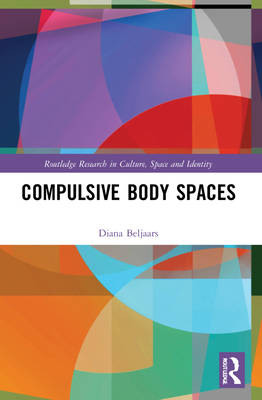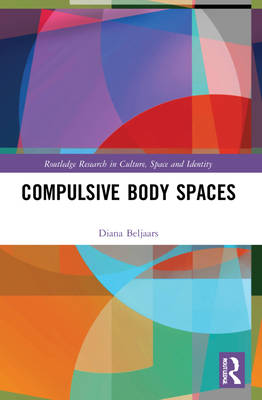
- Retrait gratuit dans votre magasin Club
- 7.000.000 titres dans notre catalogue
- Payer en toute sécurité
- Toujours un magasin près de chez vous
- Retrait gratuit dans votre magasin Club
- 7.000.0000 titres dans notre catalogue
- Payer en toute sécurité
- Toujours un magasin près de chez vous
Description
Compulsive Body Spaces presents a spatial understanding of compulsion. Providing a compelling account of the lives of 15 people with Tourette syndrome, it demystifies the seemingly irrational, purposeless and meaningless character of this behaviour.
It demonstrates how attending to the spatial circumstances under which compulsive acts, like touching, ordering, and aligning objects take place, can produce valuable novel insights that complement neuroscientific, psychiatric or psychological knowledge. By paying attention to the sensory, material, and social environment of the body during its performance of compulsive acts, the book establishes the ways in which configurations of bodies, objects, and spaces disrupt people's lives or allow them to thrive. This collaborative, qualitative study that is based on in-depth interviews, observations, and mobile eye-tracking places the book at the forefront of a new wave of patient emancipation in medical research, and gives rise to a renewed consideration of what empathetic, context-sensitive care may look like in the 21st century. In turn, its insights give rise to a ground breaking spatial conceptualisation of wellbeing. Considering the compulsive capacities of a broader humanity, Compulsive Body Spaces highlights the compulsive dimension in bodily spatiality, which underpins the very core theories of human life as embodied and performed.
This book will be of interest to students and scholars in science and technology studies, human geography, sociology, health and social care, medical humanities, continental philosophy and disability studies.
Spécifications
Parties prenantes
- Auteur(s) :
- Editeur:
Contenu
- Nombre de pages :
- 188
- Langue:
- Anglais
- Collection :
Caractéristiques
- EAN:
- 9780367626099
- Date de parution :
- 25-09-23
- Format:
- Livre broché
- Format numérique:
- Trade paperback (VS)
- Dimensions :
- 156 mm x 234 mm
- Poids :
- 285 g

Les avis
Nous publions uniquement les avis qui respectent les conditions requises. Consultez nos conditions pour les avis.






